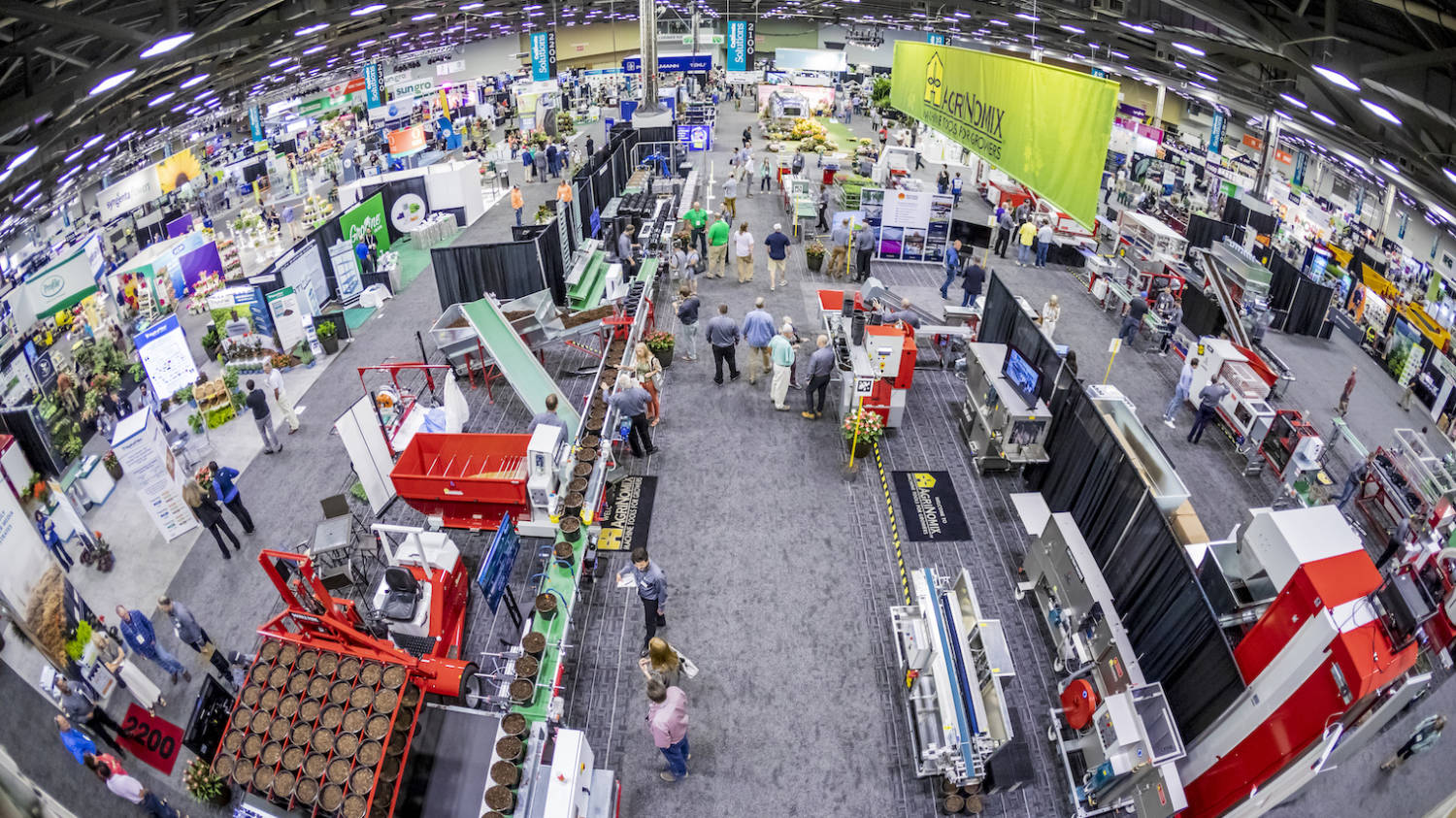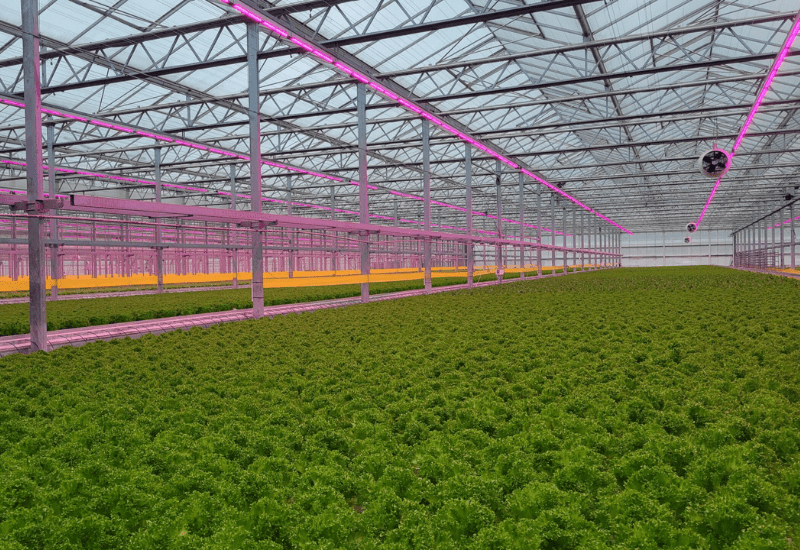
Hydroponic farming at Great Lakes Growers
Great Lakes Growers is a Midwest hydroponic grower of fresh, delicious, clean and nutrition-packed lettuces and herbs — growing everything in a state-of-the-art greenhouse using water instead of soil.
By providing its plants with the optimal amount of water and nutrients, the company can ensure better consistency and better quality while preserving resources.
“What I contribute our success to is fresh,” said John Bonner, CEO, cofounder and head grower for the Middlefield, Ohio-based greenhouse. “We don’t store things. We don’t pack things and put it in a cooler and hope to sell it later. We grow to what our customers forecast, though we don’t hold them accountable to that, it’s a handshake. But we harvest and ship within 24 hours.”
Therefore, when the consumer gets the product in the grocery store, he or she will have 14-21 days of freshness. The same thing applies to restaurants.
“Chefs want the quality they expect when they open the bag,” Bonner said.
On top of all that, Great Lakes Growers recycles all water, doesn’t use chemicals or pesticides, and focuses on sustainability in all aspects of the business.
A BUSINESS CULTIVATES
It was in 2012 when Bonner joined forces with Tim Ryan to start Great Lakes Growers.
Bonner was no stranger to the ag industry, having grown up on a family farm in Burton, Ohio, which comprised 30 acres of corn, soybeans and greenhouses.
“My family has been around the horticulture industry for decades,” he said.
His grandfather was well known in the area for running Burton Floral and Garden, the Midwest’s largest horticultural supply distributor, while John’s father owned Dillen Products, a top supplier of plastic containers for the plant industry, and his sister owns Eagle Creek Growers, a six-acre annuals nursery.
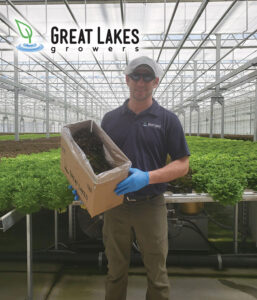
everything is harvested and shipped within 24 hours.
By seeing those companies operate firsthand, and marrying that knowledge with a college degree in business administration, Bonner ran his family’s greenhouse for six years after graduating. He had a progressive approach to production and sustainable energy, and carved out a name for himself among growers in the area.
He eventually met Ryan, a political science major who earned his master’s in business administration from Cleveland State University. He spent 13 years working for Swagelok Company of Solon, an industrial fluid manufacturing company, serving as a regional director for the Asia Pacific region.
THE BUSINESS GROWS
When Great Lakes Growers began, it was just one 300-square-foot greenhouse, which was built from parts Bonner found at Home Depot. A dozen years later, the business operates more than 160,000 square feet and is almost fully automated.
“The only things we don’t do automatically are transplant and actual harvest,” he said. “For cut products, we cut it by hand. We’re about to make both those investments at the end of this year when we make our next expansion. We’ll add robotic transplanting and automatic harvesters then.”
As far as ergonomics and the product moving through the facility — the packaging, the weighing — all of that is done with machinery automatically.

“That’s been an evolution and COVID really spurred that on to necessitate that,” Bonner said. “It improved things dramatically. The way I track things in my company is by labor efficiency, which is basically how many dollars do we generate per labor hour. And since COVID, that labor efficiency has doubled through training of our employees and also investment in this equipment.”
SUSTAINABLE MINDSET
With the plants getting an optimal amount of water and nutrients, they grow with more consistency and better quality while preserving resources in a shorter amount of time.
Bonner admitted that sustainability wasn’t the first priority when starting the business. Although, with the way things have turned out with water systems and water quality — plus the location and proximity to customers combined with the choice not to use chemicals and pesticides — those best business practices go hand-in-hand with top sustainability measures.
“For me personally, and for our employees, it makes us feel good knowing what we’re doing,” Bonner said.
RELATIONSHIP BUILDING
Great Lakes Growers has a team of approximately 40, which rises a bit in the summertime.
“Our biggest strength is our employees,” Bonner said. “We have a longstanding workforce who understands the goal to deliver on the promise of fresh and quality.”
While every employee is important, he cites four key people in keeping things running smoothly: Renato Vardo, director of growing; Alicia Lillibridge, administrator director; Kevin Bell, general manager (the longest-tenured employee who started as a truck driver!); and Danielle Ferreira, operations manager.
“These are the people I sit down with, and we run the company from there,” Bonner said. “They will always be top of the food chain. After that, we have middle managers who support them horizontally across the organization, and from there we have a lot of technical people in the greenhouse who specialize in transplanting or harvesting and we have some people who can do it all.”
Relationships are key to the company’s success, so maintaining strong partnerships with vendors and seed suppliers have also been a major part of Great Lakes Growers’ evolution.
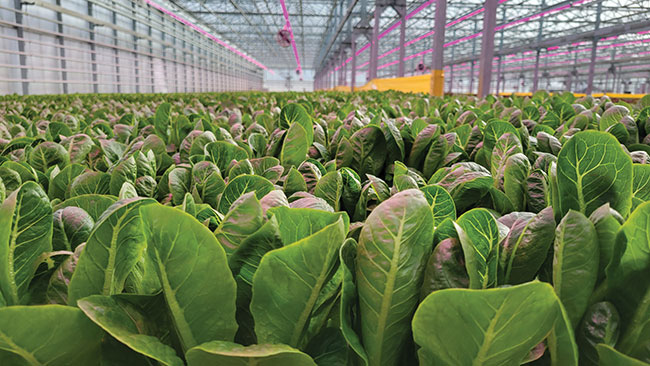
“The connections we have globally with what I consider to be some of the top tech-type companies and vendors for greenhouses, systems, those types of things help set us apart a little bit and allow us to be successful over a decade in this business,” Bonner said. “When I first started, there were no vertical farms or very few of these companies here today. That longevity, I attribute to our relationships and employees.”
GOING STRONG
Since the beginning, Great Lakes Growers has made it a point to optimize their operational model and growing techniques while vetting out emerging technologies.
Thanks to a completed expansion a few years ago, Great Lakes Growers has an annual production of approximately 12 million heads.
Bonner’s philosophy has not been to do three to four items and do them really well, rather the company has 70 SKUs — half of them for retail, half for food service.
“COVID changed things a little bit, too,” he said. “In this business, everyone’s first complaint is always about finding good help. In restaurant-type businesses, that has meant less demand for whole-head type production and more demand for fresh-cut, ready-to-eat products.”
Those ready-to-eat products are also more prominent today in grocery stores, as the younger generations gravitate towards these convenient and quick options.
“I think what makes our company unique is the breadth of it,” Bonner said. “We have a full line of herbs for both retail and food service; we offer a full line of whole head products for both; and we offer a full line of cut products for both food service and retail. Most of the companies I see out there specialize in one of those categories.”
When it’s time to add new products, Great Lakes Growers has a very tight relationship with its breeder partners and seed companies, so it will often work with them on new offerings and try them out and review them together.
“We’ll decide what we like from all the different standpoints — yield, quality, resilience, how does it taste?” Bonner said. “I’ll take it to someone in the marketplace, confidentially of course, and see if it’s an improvement on what we’re already doing and if the price is right. I’ll funnel that back to the breeder and we’ll make a decision at that point.”
The company services customers from the Greater Toronto area all the way to South Dakota and the East Coast, down to Georgia.
“We do a lot of business in Canada now, where we are only five hours away,” Bonner said. “But we try to focus on the Midwest. I think companies lose a bit of a competitive advantage when you get too far away. So we focus on Michigan, Indiana, Ohio, Western Pennsylvania, Western New York, West Virginia and Northern Kentucky. That’s our sweet spot.”
Quality is always a never-ending ideal that the company is searching for, and it remains one of the biggest challenges of the business.
“It can always be better,” Bonner said. “We are looking for yields in the 98.5 percent right now, and five years ago, we weren’t even sniffing that. We’re always looking to get that perfect yield and quality. It’s very hard to grow in the Midwest. We could have rains for three days in a row and it’s 30° F, and the next day it’s 75° F and sunny. That’s stressful on a plant and makes it challenging to deliver good quality all the time.”
LOOKING AHEAD
With more than a dozen years of success behind it, Great Lakes Growers isn’t going away anytime soon.
“It’s a massive market in North America and I don’t know many companies who have been in the lettuce business as long as us,” Bonner said. “The biggest part of that market are two items that are very hard to grow in greenhouses, romaine and iceberg, and we are working hard with breeders to bring those to market. That’s where I see the biggest opportunity ahead.”
Add to that the fact that greenhouse technology is getting better, yields are improving and Bonner and his team have the experience to know what works and what doesn’t. The company is well positioned for continued growth and accomplishment.
“We’ll be adding another 50,000 square feet sometime this year,” Bonner said. “Our site, we can grow another 10-acre facility, and we have another 70 acres down the road, and we definitely have plans to expand more with our customers and new customers. We have the opportunity to excel and there’s more ahead.”


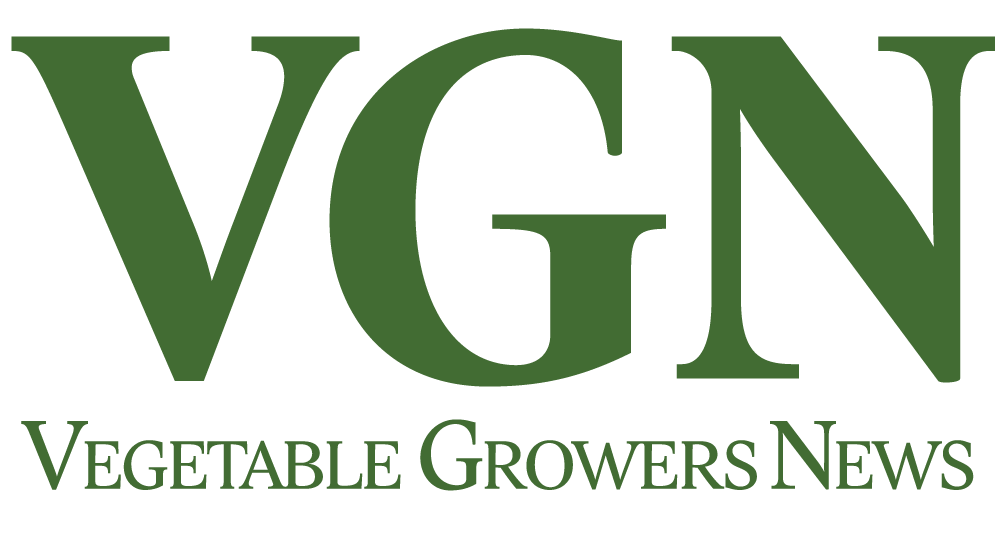





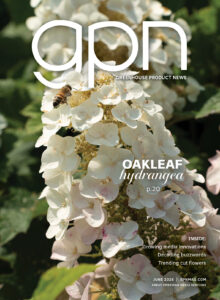
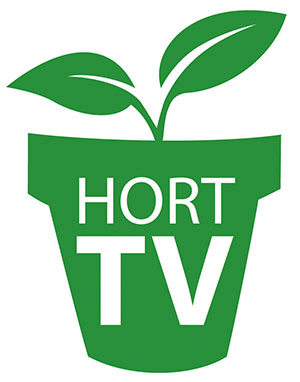 Video Library
Video Library 
